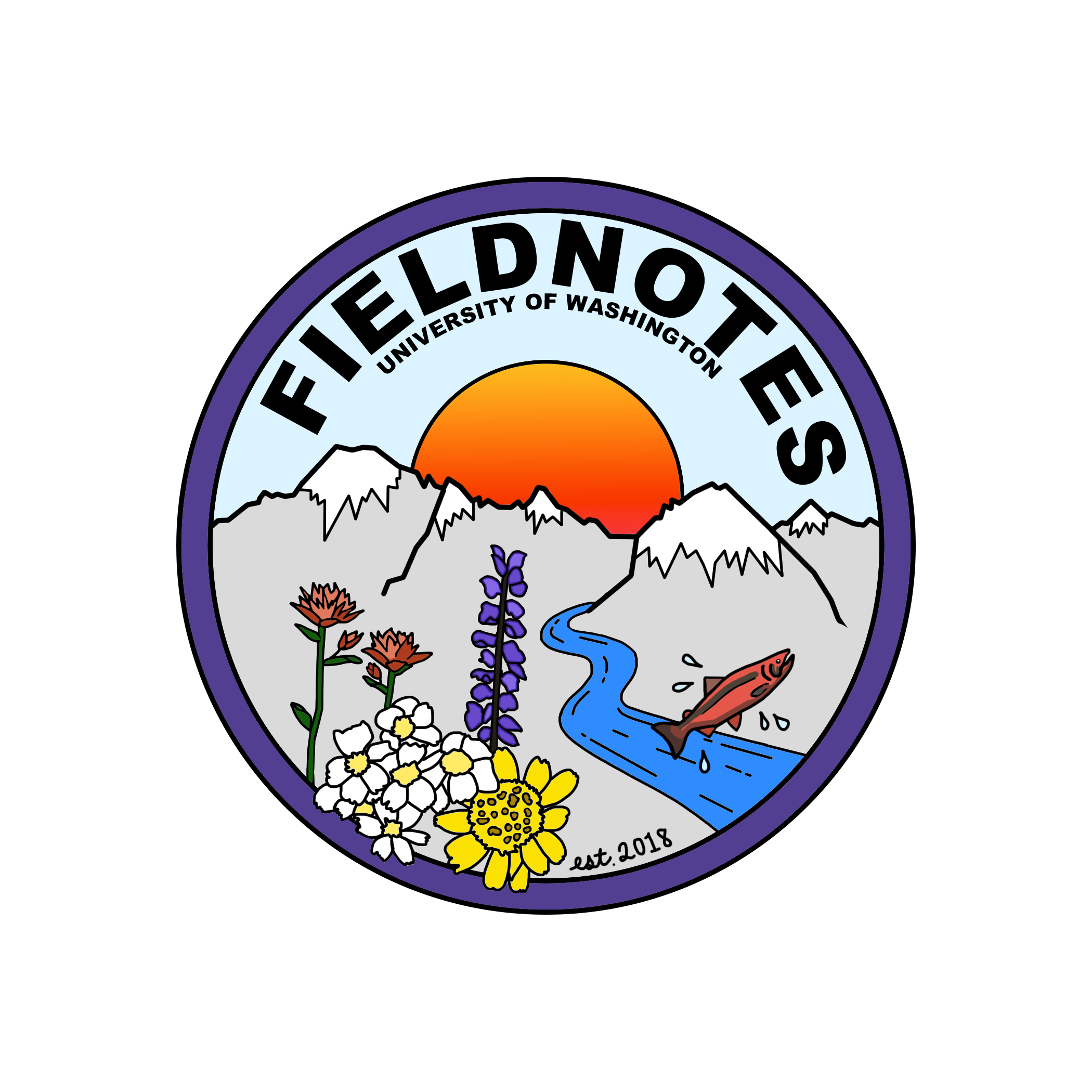Save the Bees?
By Jazzy Shepard
For those with memories of a childhood bee sting on a hot summer’s day, it might seem like pleasant news that backyard gardens and agricultural lands alike are seeing fewer bees with each passing year. The absence of these tiny insects, however, is disrupting crucial pollination of plants, which in turn disrupts wildlife, plant life, and our food systems. The agricultural impact of bee population is no small detail. Nicolette Hahn Niman writes in The Atlantic that “about one-third of the value of California's agricultural production—$11.7 billion annually—requires pollination.” (Niman) It’s no wonder that recent years have seen a heightened interest in the conservation of bees.
Now, the slogan can be found everywhere, from social media to the shiny yellow pin on a classmate’s backpack – “save the bees.” For most, the European Honey Bee is the species first that comes to mind, made famous by their delicious honey and long history of human cultivation and harvest. Despite their now integral use in agricultural pollination in the United States, the strange truth is that European Honey Bees were never meant to be here. These honey bees are a non-native species, brought to the Americas during the era of European colonization for the purpose of producing a sweetener in a time where sugar was especially expensive.
Most would associate bees with a yellow and black winged insect, and a colony headed by a queen, but these exclude some native pollinators of North America, like Mason bees, often mistaken for flies. They also might exclude the humble bumble bee, which makes its nests underground, resulting in confusion with ground wasps. The first species of bee to ever make the endangered species list is the Rusty Patched Bumble bee. Native bee species in the United States are estimated to have lost 90% of their natural habitat. Paired with competition against the imported honey bee, it is no surprise that the bees most in need of saving are not the kind that most people associate with “Save the Bees.”
The origin of the “Save the Bees” movement can be traced to the introduction of a class of pesticides called neonicotinoids. While banned in most countries due to their negative impact on pollinators, these pesticides are still legal in the United States. Neonicotinoids’ effects were first discovered by commercial honey bee keepers, who were fighting issues among their bees’ populations from colony hive collapse – when worker bees die off en masse, abandoning their queen. Now, European Honey Bees are used as a tool by farmers to increase pollination and produce commercial honey. Because bees are so small, most don’t realize that they are one of the most widely distributed livestock animals in the U.S. There is now a widespread misconception that cultivating bees directly helps the environment, which is not the case. Think of cultivating commercial bees like raising chickens; they are farm animals, not “natural pollinators.”
Unfortunately, most attention about neonicotinoids was focused on the commercially produced European Honey bees, even though native species are similarly impacted by these harmful pesticides. Many issues that European Honey bees face also plague native bees, while the latter receive less attention. Additionally, many responded to calls of “Save the Bees” by practicing recreational beekeeping, under the impression that honey bees were endangered. Some have suggested this may cause further trouble for native bee populations, since honey bees aren’t as picky with their pollination preferences. This can put stress on native bee populations that are specialized to specific native flowers and get out competed for resources.
The result? Generalized slogans can lead to misconceptions – shunting resources to the wrong places. Some ways to work on saving native pollinators include planting native flowers in your garden, avoiding the use of pesticides, creating nesting places, and making water accessible for pollinators on hot days. “Saving the bees” is a great goal to aspire to, so let’s make sure our efforts are aimed at those in the most need.

